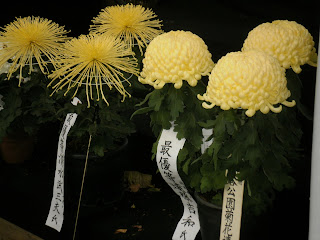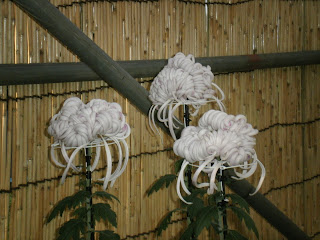
If you appreciate a good, chocolate-covered pretzel, then you will relate to chocolate-covered potato chips. Same pairing of sweet & salty, crispy & creamy. But a bit greasy. While we do not indulge in the tuber treat often, we looked twice and purchased once when Ame Pote appeared on the shelves of the local grocer, Food Magazine. What first caught my eye was the product's curious name, a combination of the first syllables of "American" and "Potato". In typical Japanese style, the author simply lopped off the rest of the word. Adding graphic intrigue, "Ame" is written in Roman letters and "Pote" is written in Katagana, the Japanese syllabary designated for words of foreign origin and other aberrations. The plus sign? Your guess is as good as mine.
Then there is the packaging. I like the uber realistic, up close image of Ame Pote in a bowl. In addition to the row of stars framing the box edges, the snippet of Old Glory in one corner acknowledges the Oregon origin of the product's raw material, the "whiteround" potato. Maybe this is one of those heritage strains. Or maybe this is another example of creative English. There is even a little map on the side of the box locating Oregon within the lower 48.


The chips' appearance -- the chocolate napped ridges and the contrasting blond and brown surfaces -- is a feast for the eye. But the taste of Ame Pote was a disappointment: the potatoes were a touch too salty and the chocolate a tad too waxy. Below is a picture of Ame Pote's sister snack food: sweet potato sticks coated with white confectionery product (aka white chocolate). Since sweet potato sweets do not speak to us, we will admire the box from afar and leave the ingestion to someone else.
















































